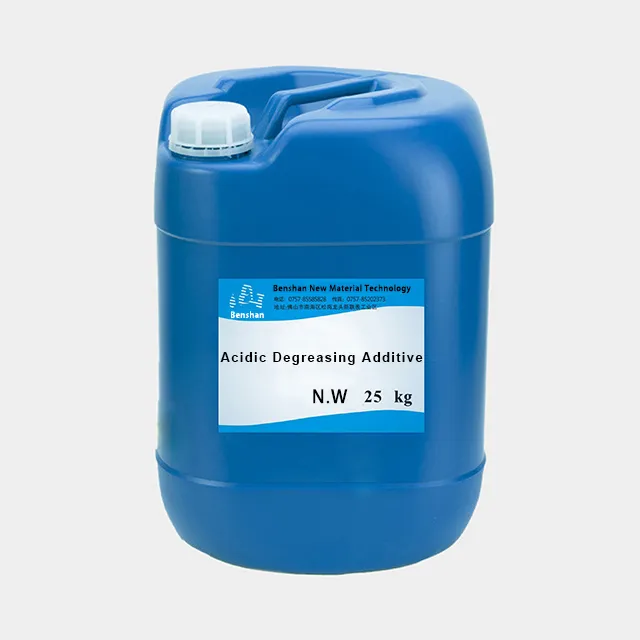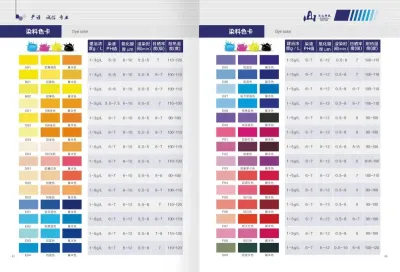
Is Oil degreasing additive harmful to the human body?
2024-04-22 15:30
Opening remarks: Explore the impact of Oil derosination additive on the human body
In modern industrial production and daily life, Oil degreasing additive, as a common chemical, is widely used in fields such as metal processing and surface treatment. However, there are many questions and concerns about whether oil degreasing additives cause harm to the human body. Today, we will delve into this issue and reveal the impact of Oil derosination additive on the human body for consumers and industry practitioners, in order to provide everyone with more understanding and reference.
1. Basic principles and uses of Oil degreasing additive
First, let us understand the basic principles and uses of Oil degreasing additive. Oil derosination additive is a chemical used for metal surface treatment. Its main function is to remove oil and dirt on the metal surface, improve the cleanliness and quality of the surface, and provide a good foundation for subsequent processing and treatment. In industrial production, Oil degreasing additive is widely used in automobile manufacturing, metal processing and other fields.
2. Composition and effects of Oil derosination additive
Oil degreasing additive is usually composed of a variety of chemical ingredients, including surfactants, solvents, emulsifiers, etc. These ingredients may release volatile organic compounds (VOCs) during use and react chemically with oil stains on the metal surface to form water-soluble compounds. Long-term exposure or overexposure to Oil derosination additive may have certain effects on human health.

3. Potential health risks
Although oil degreasing additive plays an important role in industrial production, its potential health risks cannot be ignored. Some studies have shown that the chemical components in Oil degreasing additive may cause irritation and damage to the human respiratory system, skin and eyes, causing allergic reactions, skin inflammation and other problems. In addition, volatile organic compounds (VOCs) in oil degreasing additives may also pollute air quality and have a negative impact on the environment and ecosystems.
4. Risk control and preventive measures
In order to reduce the impact of Oil degreasing additive on human health, some risk control and preventive measures need to be taken. First of all, users should wear protective equipment, including gloves, masks, goggles, etc., to avoid direct contact with and inhalation of volatiles from Oil degreasing additive; secondly, users should operate in a well-ventilated environment to minimize the exposure of volatile organic compounds. Release; in addition, regular health monitoring and inspections are carried out to detect and deal with health problems related to Oil degreasing additive in a timely manner.

5. Industry norms and regulatory requirements
In order to protect human health and environmental safety, relevant departments and industry organizations have also formulated a series of industry specifications and regulatory requirements to strictly manage and monitor the production, transportation, use and other aspects of oil degreasing additive. Enterprises should strictly abide by relevant regulations, strengthen quality control and safe production of Oil derosination additive, and ensure product safety and reliability.
Conclusion: Scientific response, health first
To sum up, Oil derosination additive plays an important role in industrial production, but its impact on human health also requires sufficient attention. We should scientifically understand the ingredients and risks of Oil derosination additive, take effective measures and methods to reduce the impact on human health and the environment, and achieve the goals of health and sustainable development. Let us work together to build a safe and healthy production and living environment.








